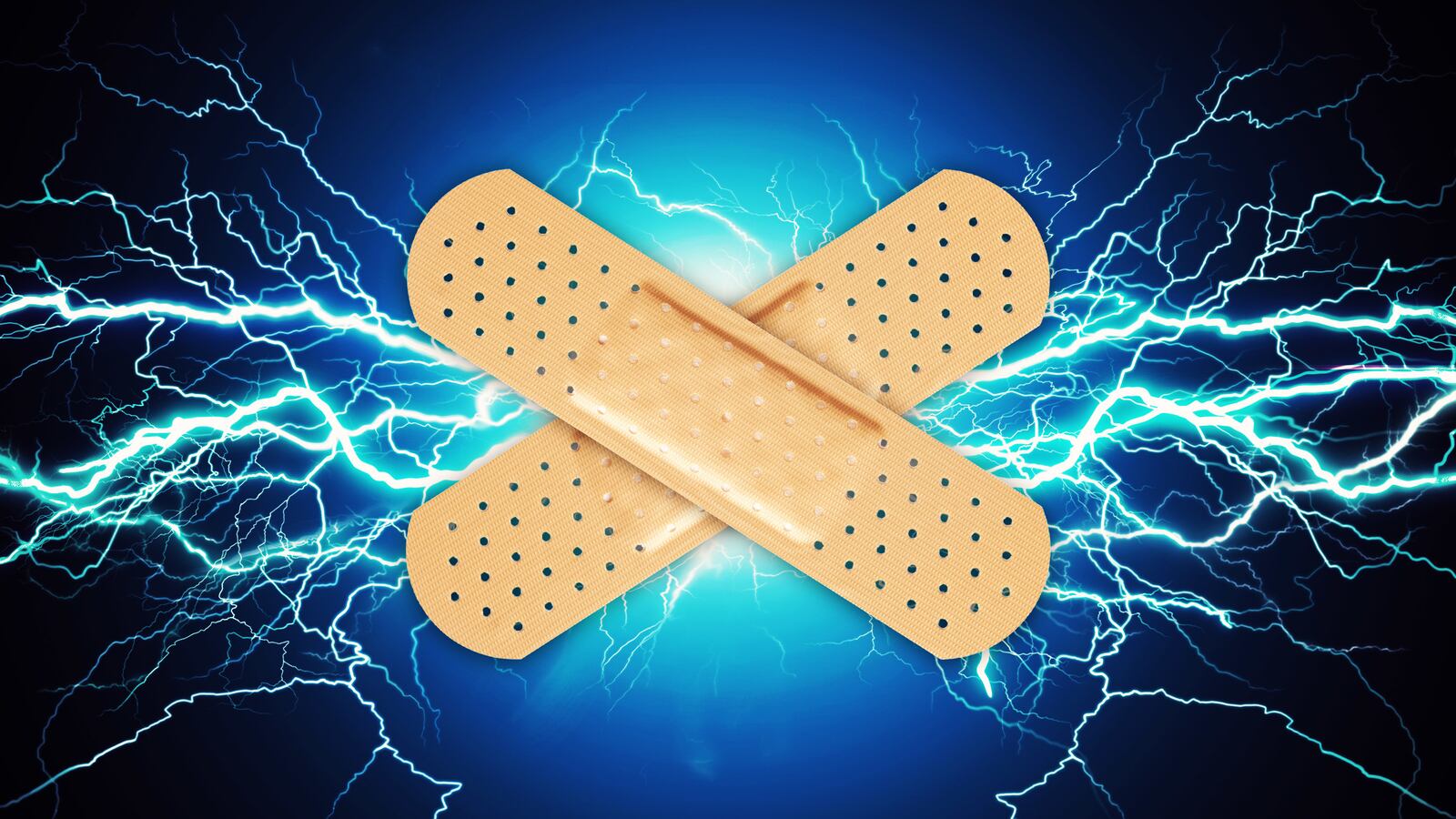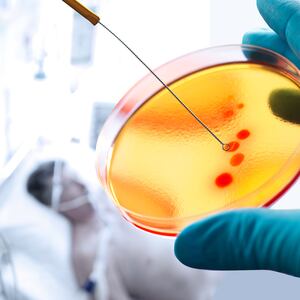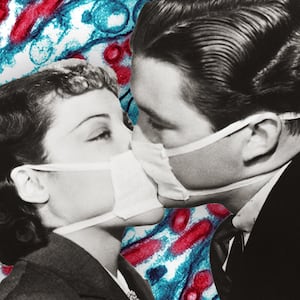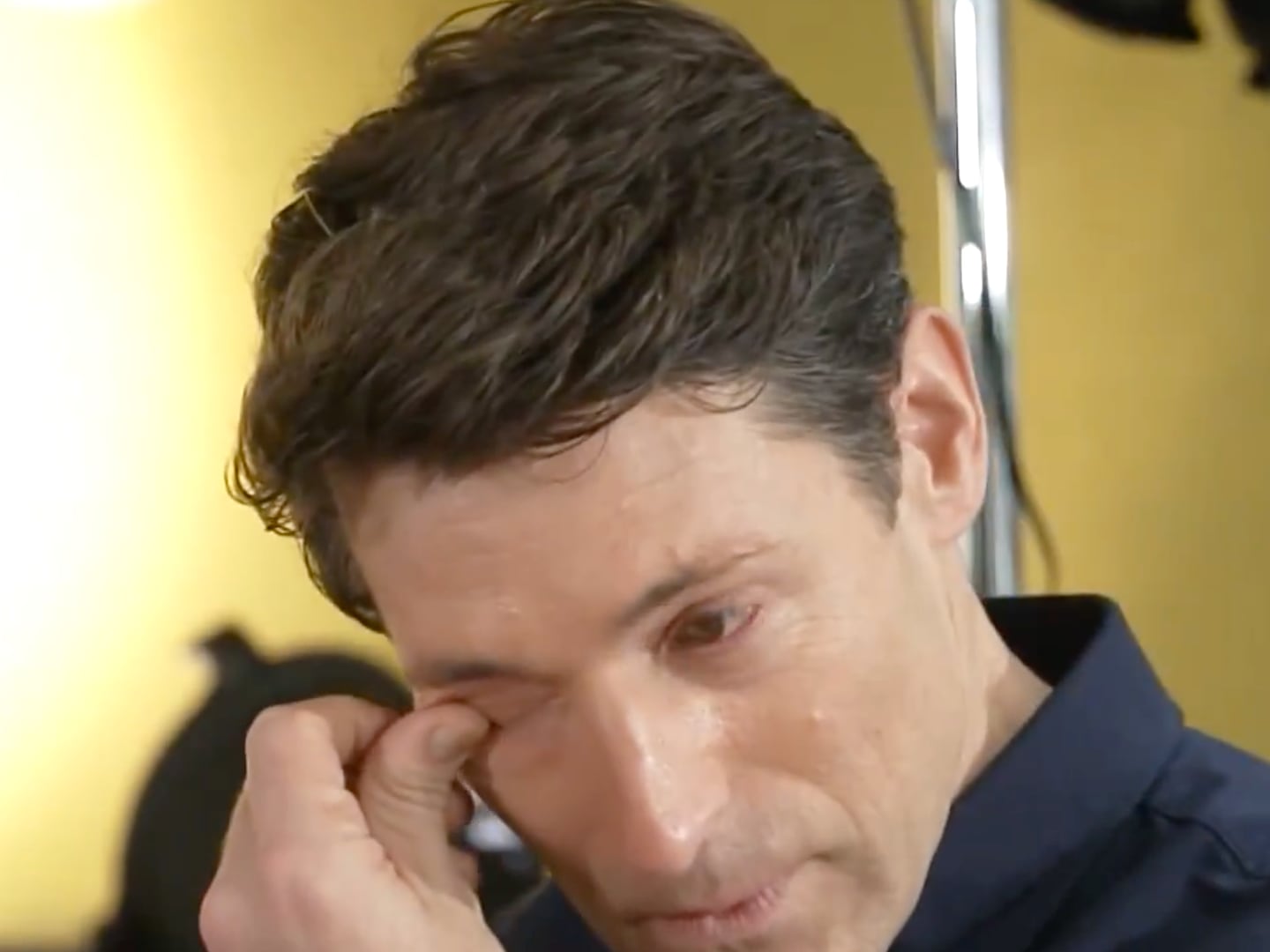Every year in the U.S., 1.1 million people suffer from burns that need to be medically treated. Surgeries cause more than 100 million wounds. And countless others suffer from various cuts, lacerations, and traumas that land them in the hospital.
Every single one of these is an injury that needs to be protected from infection, but unfortunately a hospital isn’t a great place to do that. Hospital-acquired infection is extremely prevalent (so much so that the Centers for Disease Control has a program aimed at fighting it).
At the moment the best method of treatment is antibiotics—but those come with their own problems.
So Chandan Sen, a physiologist and vice chair of research at the Indiana University School of Medicine, and his team decided to re-invent the antibiotic—using electricity to help stop bacteria from evolving immunity.
“There’s a lot of people developing new antibiotics, let’s not do that,” Sen told The Daily Beast. “Let’s ask a broader question: are there ways of defeating these types of infection that are not pharmacology-based because we know drug resistance is easy to acquire for bugs,” he said.
Defeat meant Sen had to look at how the bacteria attach themselves together.
One of the reasons why infection is difficult to treat is because of the way bacteria congregate to create it. They form what’s called a biofilm—groups of different types of bacteria that join together and secrete a sticky mesh that holds them in place inside a wound. The mesh also helps protect the bacteria from attempts at treatment, making biofilms more resistant to antibiotics then individual bacteria. According to the CDC and the National Institutes of Health, it’s estimated that between 65 and 80 percent of all infections are caused by these difficult-to-treat biofilms.
“When bacteria chooses to become a biofilm there is quorum sensing; they talk to each other and say, ‘We have a quorum let’s form a biofilm,’” Sen said. “They have electrical communication.”
They do this either by connecting to each other using microscopic nanowires or through sending electrical signals in the form of current. But that led Sen and his team to wonder: “If we disrupt this electrical micro-environment can we disrupt them?”
Turns out, yes.
If a small external electrical current passes through a biofilm, the matrix that holds the bacteria together falls apart and the bacteria die, essentially confusing the signal. The bacteria start sending their messages in the wrong direction because their ions and electrons are attracted incorrectly.
“With this system you disintegrate the biofilm and it allows the immune system to come in fight it. It’s a cooperation,” he said.
The amount of electricity needed is minuscule. In fact, according to Sen, it is well below the amount that the FDA says is safe for human exposure. Their ultimate solution is a wound dressing—a piece of fabric—printed with a pattern of silver and zinc dots. When the fabric comes into contact with any type of body fluid, the combination produces enough energy to disrupt the bacteria.
“We have lit up an LED thermometer with that current.,” Sen said. “If you touch the fabric you can’t tell there’s any metal. Visually it looks like polka dots.”
In one of the experiments done with the fabric, the team tested it on an infection that had been allowed to spread untreated for seven days. “Once the biofilms formed we intervened with textiles,” he said. “The data was so convincing the Department of Defense has just started a clinical trial.”
The current version of the fabric creates an electrical field that can treat wounds a few millimeters deep. They have also developed a second version still in testing that uses a hearing aid battery, which provides a larger amount of electricity to silver circuitry on the dressing. This can create a bigger field, allowing for treatment of larger areas.
Sen says he’s excited about how this principle could be developed beyond his wound dressings, noting that they have research they are about to publish that shows its effects on other infections, such as those that come from fungus.
Overall, Sen believes it’s possible after more research this might be able to one day reduce the medical community’s need to rely on antibiotics. “We have not done research on that but I can see a clear path,” he said.
The first generation of the product is already on the market, sold as a wound dressing, but is going through FDA approval to be used as an infection treatment.









